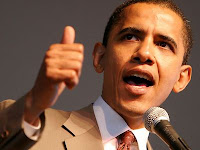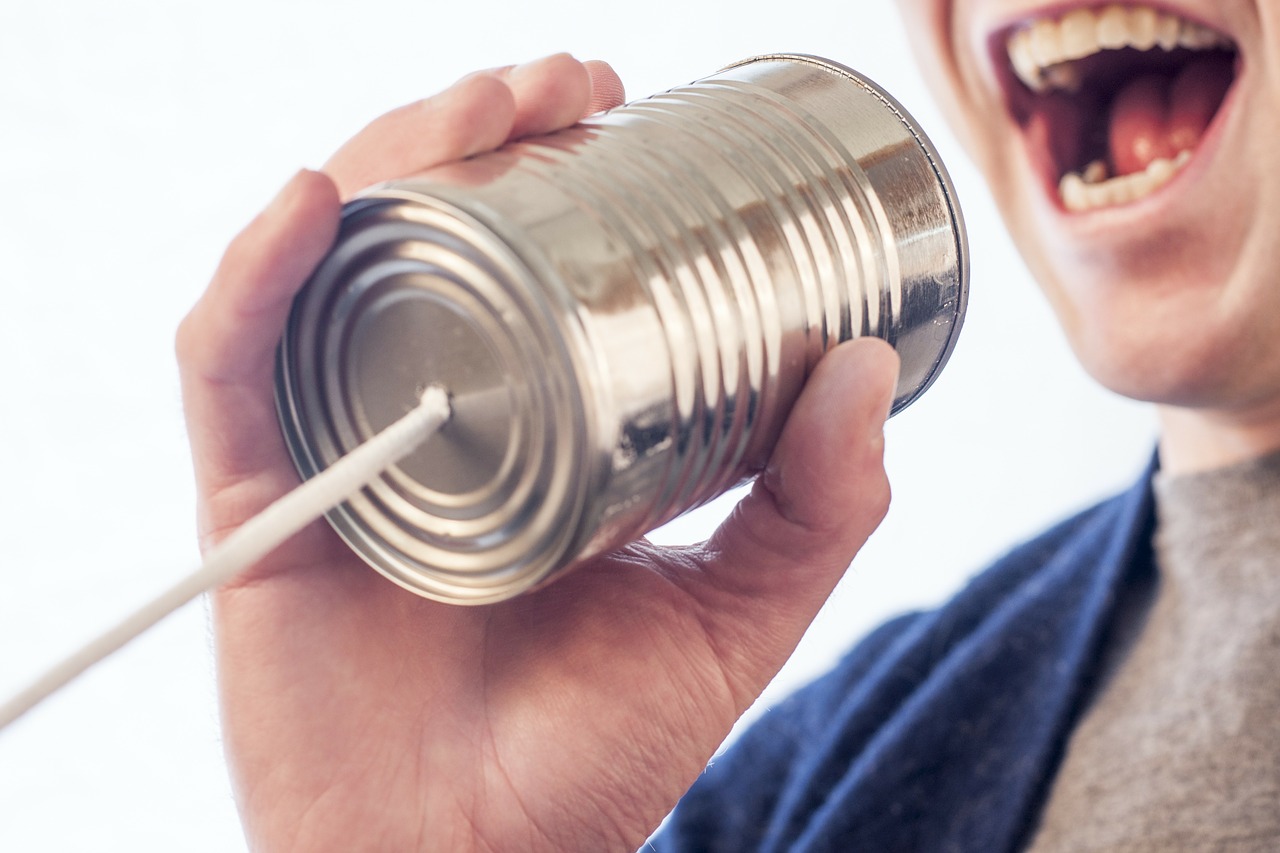I was on the ferry this morning reading the paper and having my green tea when I was distracted by the woman sitting next to me. She was aggressively ripping out pages from a magazine. I looked at the pile of pages next to her to see if there was any pattern to her choices. They seemed random- a page of text, a good looking male model. Curiosity finally got a hold of me as I leaned over and asked, "Are you creating a vision board?" She paused for a moment as if trying to process what I had just said. "No, " she explained, "I'm pulling out the ads. It makes it easier to read." She went on to say, "It's disturbing to realize the magazine is mostly ads."
She was right. I find those paper pull-out ads to be annoying and they make turning the pages difficult.
What a novel way to read a magazine! I'd never seen anyone prepare to read. Yet, that woman on the ferry was more prepared than many of the presenters I observe.
And it made me realize something about speaking. Those paper ads are like non-words in a speech. Those irritating fillers such as "um", "you know," "ah", "like" are everywhere.
Non-words are analogous to those annoying ads in magazines that prevent you from reading the article or even finding the article with ease. Non-words, like ads, are distractions that blur the message.
What are you doing to prepare your audience to hear your message?
How are you weeding out non-words that distract from your content?
If everybody practiced their presentations out loud and determined where they inserted non-words, they could then write reminders in their notes and verbally tear out those insidious fillers. When you use non-words you lose credibility even if you're a subject matter expert.
Last week I reconnected with a woman I hadn't seen in years. We figured out that she had attended my Learning Annex Class on How to Give a Knockout Presentation in year 2000!
She confided that I had inspired her and that she still thinks of me. How did I inspire her? She said, "You told us never to use non-words and since that time I stopped saying /um/. I tell other people to stop doing it."
Well, apparently, it made a big impact on her presentation as she is now being called as an expert in the media and doing a terrific job.
Think of non-words as clutter. Just as we don't like ads in our magazines or commercials on TV, your audience doesn't like hearing a cacophonous trail of ums and ahs.
 What if there were a way to market up close and personal and it was free? The answer is right under your nose - It's your mouth.
Public speaking is a powerful and cost effective way to market your business. Small businesses can’t compete with glitzy advertising campaigns but public speaking as a marketing strategy levels the playing field.
What if there were a way to market up close and personal and it was free? The answer is right under your nose - It's your mouth.
Public speaking is a powerful and cost effective way to market your business. Small businesses can’t compete with glitzy advertising campaigns but public speaking as a marketing strategy levels the playing field.

 There was a popular song years ago that went " Who let the dogs out?" And that's a question that's apropos this week in the media. The answer is President Obama let the dogs out in his recent speech in Milwaukee. Alluding to his opponents he said, 'They're talking about me like a dog." What does this tell us? Language reflects thought. While some studies state that words are only 7 per cent of the message, words are powerful. They give us insight into what the speaker believes and feels. In this case, Obama is saying he feels like a victim. The key is the wording "They're talking about ME". It's something that is happening to him. It's not the language of leadership. There is a difference between being genuine and appearing weak.
Former Mayor Giuliani showed genuine sadness during the bombing of the World Trade Center but he never spoke like a victim.
There was a popular song years ago that went " Who let the dogs out?" And that's a question that's apropos this week in the media. The answer is President Obama let the dogs out in his recent speech in Milwaukee. Alluding to his opponents he said, 'They're talking about me like a dog." What does this tell us? Language reflects thought. While some studies state that words are only 7 per cent of the message, words are powerful. They give us insight into what the speaker believes and feels. In this case, Obama is saying he feels like a victim. The key is the wording "They're talking about ME". It's something that is happening to him. It's not the language of leadership. There is a difference between being genuine and appearing weak.
Former Mayor Giuliani showed genuine sadness during the bombing of the World Trade Center but he never spoke like a victim. For years I've talked about the power of three's. I advise my clients to present 3 agenda items, 3 main points, and 3 benefits. People remember things in three's.
For years I've talked about the power of three's. I advise my clients to present 3 agenda items, 3 main points, and 3 benefits. People remember things in three's.

 I just returned from a networking event. The venue was crowded and noisy. The host tried to get our attention by speaking over the crowd. We had difficulty hearing him and he was obviously straining his voice. Straining your voice can cause laryngitis, vocal nodules and inflammation. A vocal pathology affects your image but can also cause you to cancel meetings and lose business. Too many people misuse their voices.
To protect your voice, here are some tips for good vocal hygiene:
I just returned from a networking event. The venue was crowded and noisy. The host tried to get our attention by speaking over the crowd. We had difficulty hearing him and he was obviously straining his voice. Straining your voice can cause laryngitis, vocal nodules and inflammation. A vocal pathology affects your image but can also cause you to cancel meetings and lose business. Too many people misuse their voices.
To protect your voice, here are some tips for good vocal hygiene: Murphy's Law was in full effect. My associate and I conducted a live teleseminar together.
We rehearsed the night before using the conference service. She did a live recording of a different class the day before and it went off without a hitch. So we knew the service was reliable.
Murphy's Law was in full effect. My associate and I conducted a live teleseminar together.
We rehearsed the night before using the conference service. She did a live recording of a different class the day before and it went off without a hitch. So we knew the service was reliable.